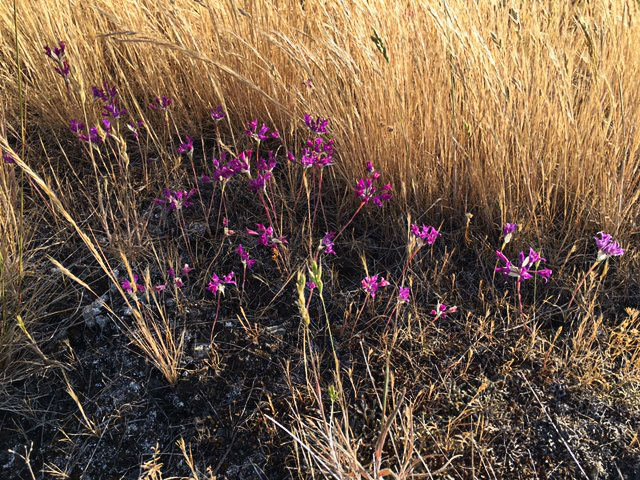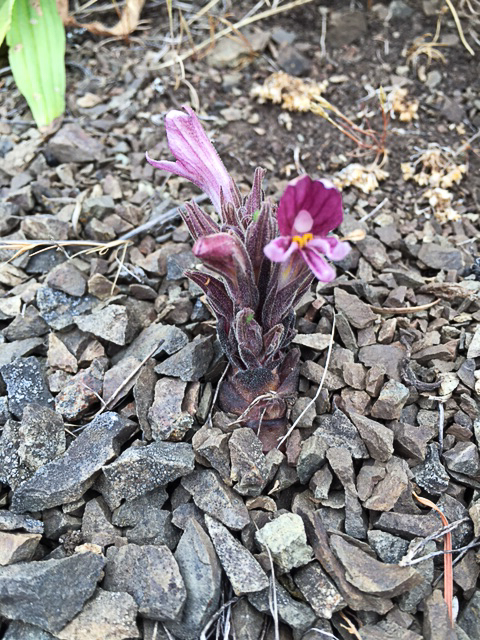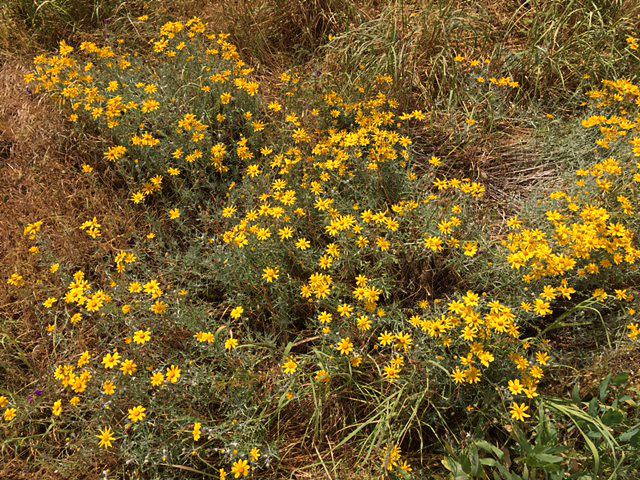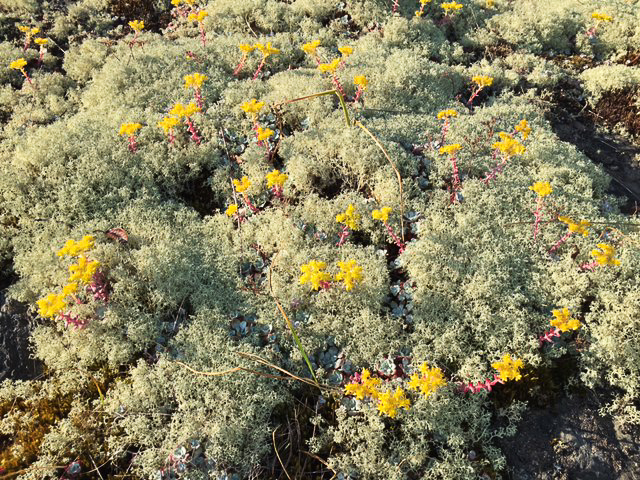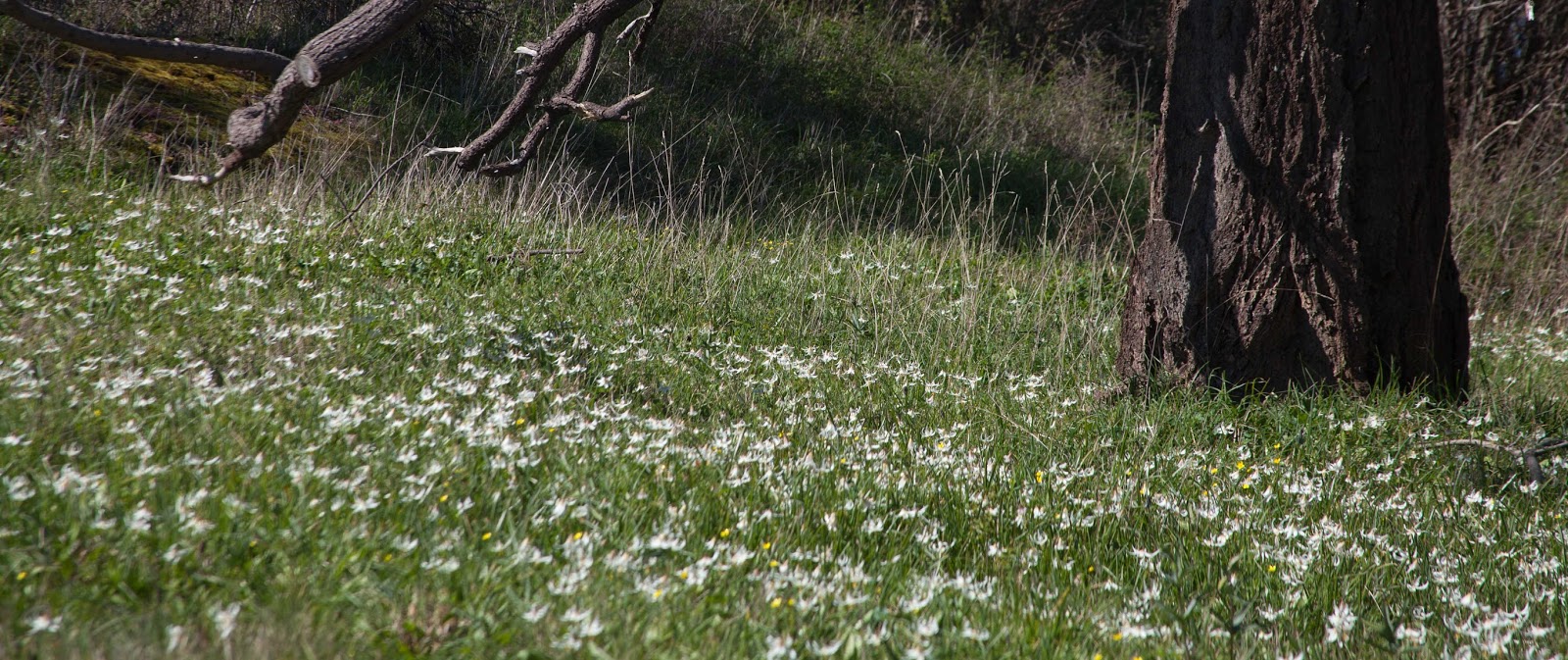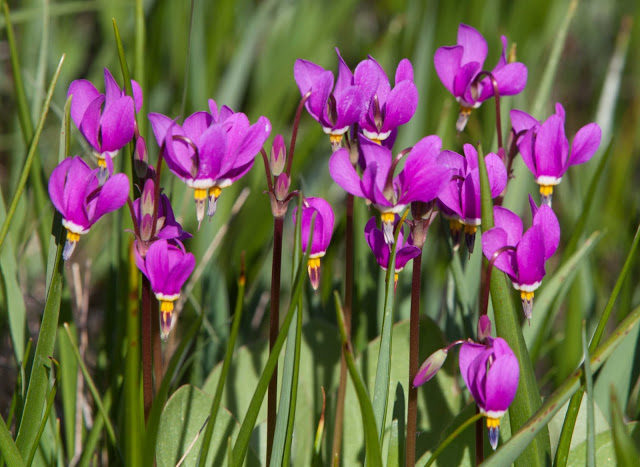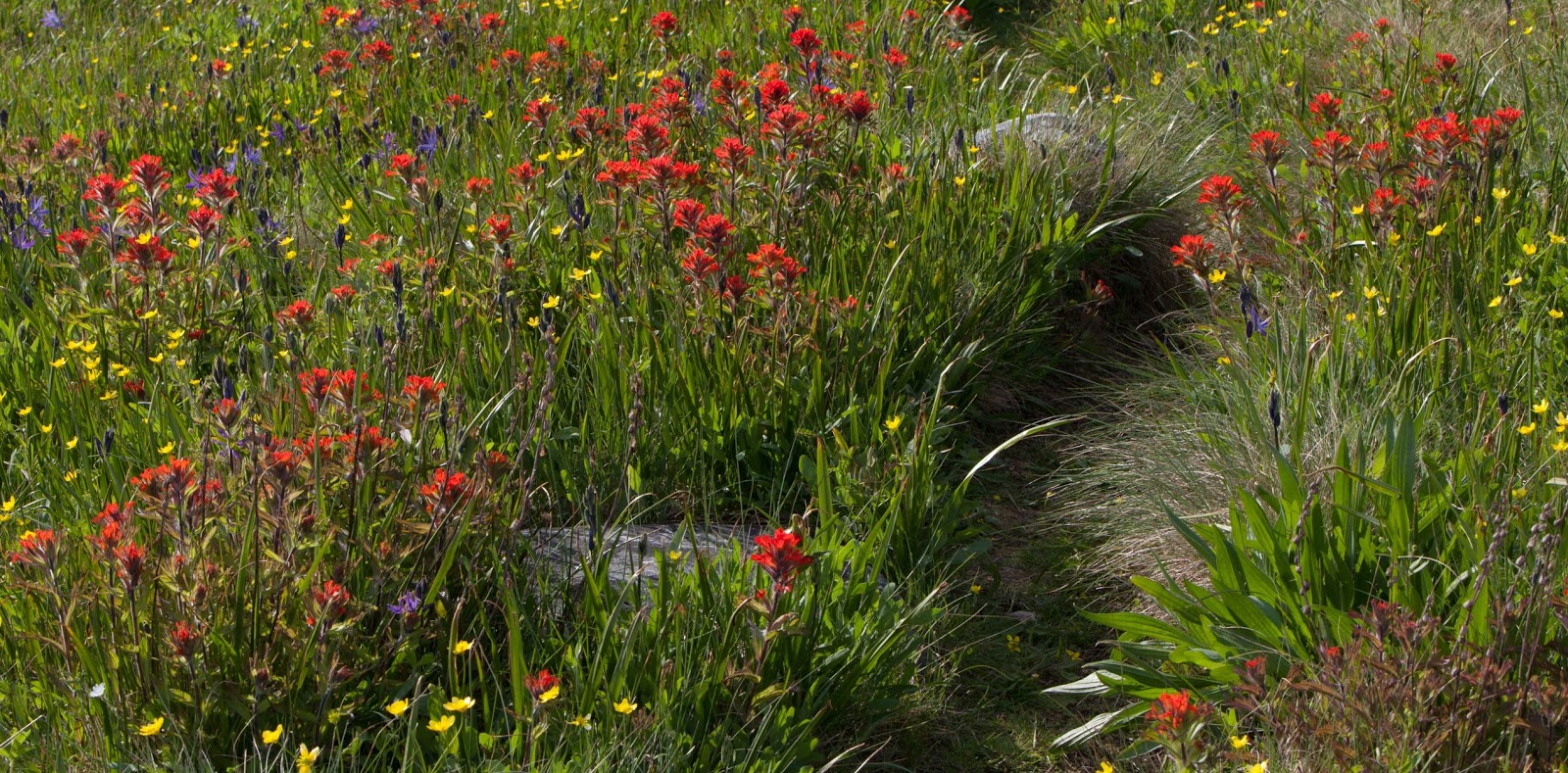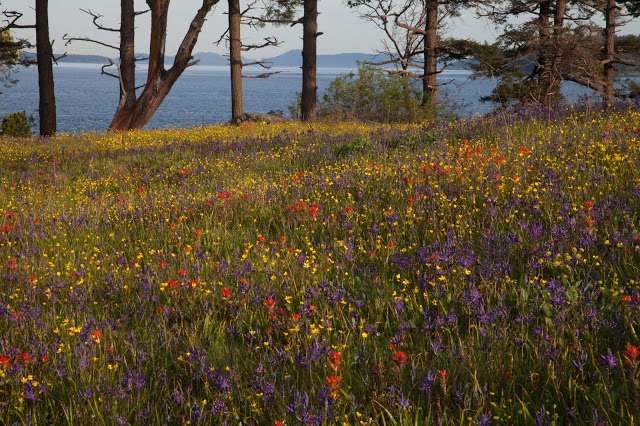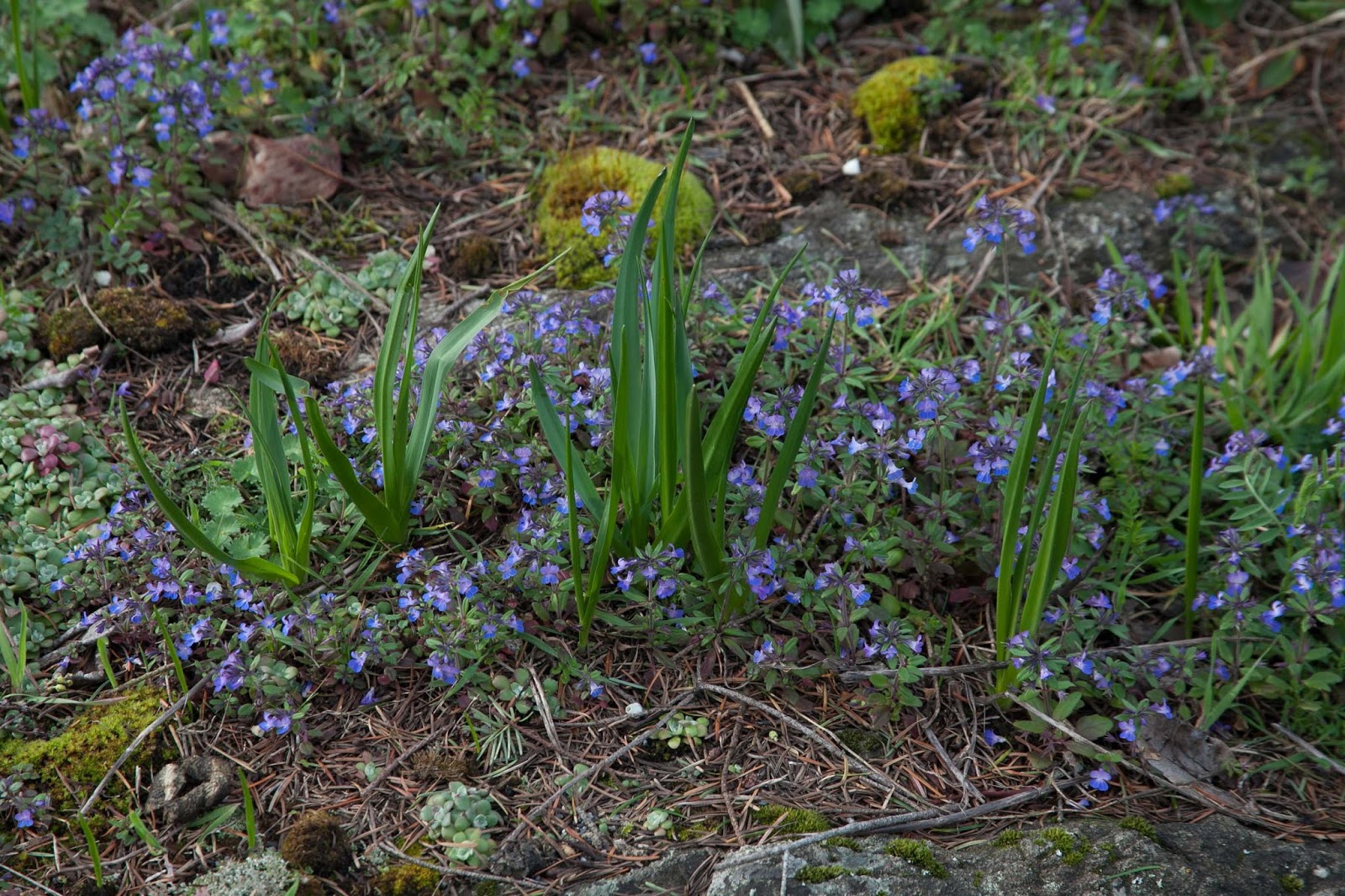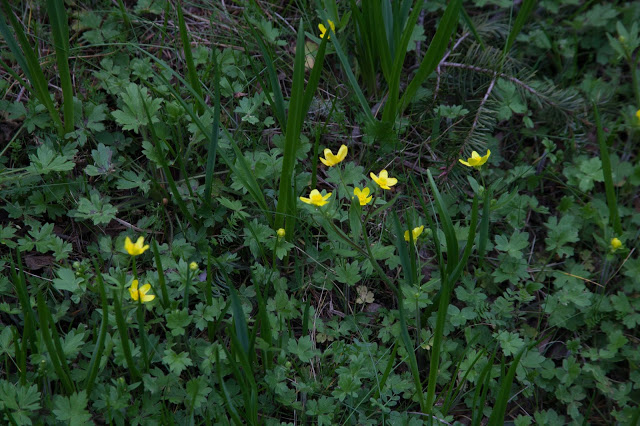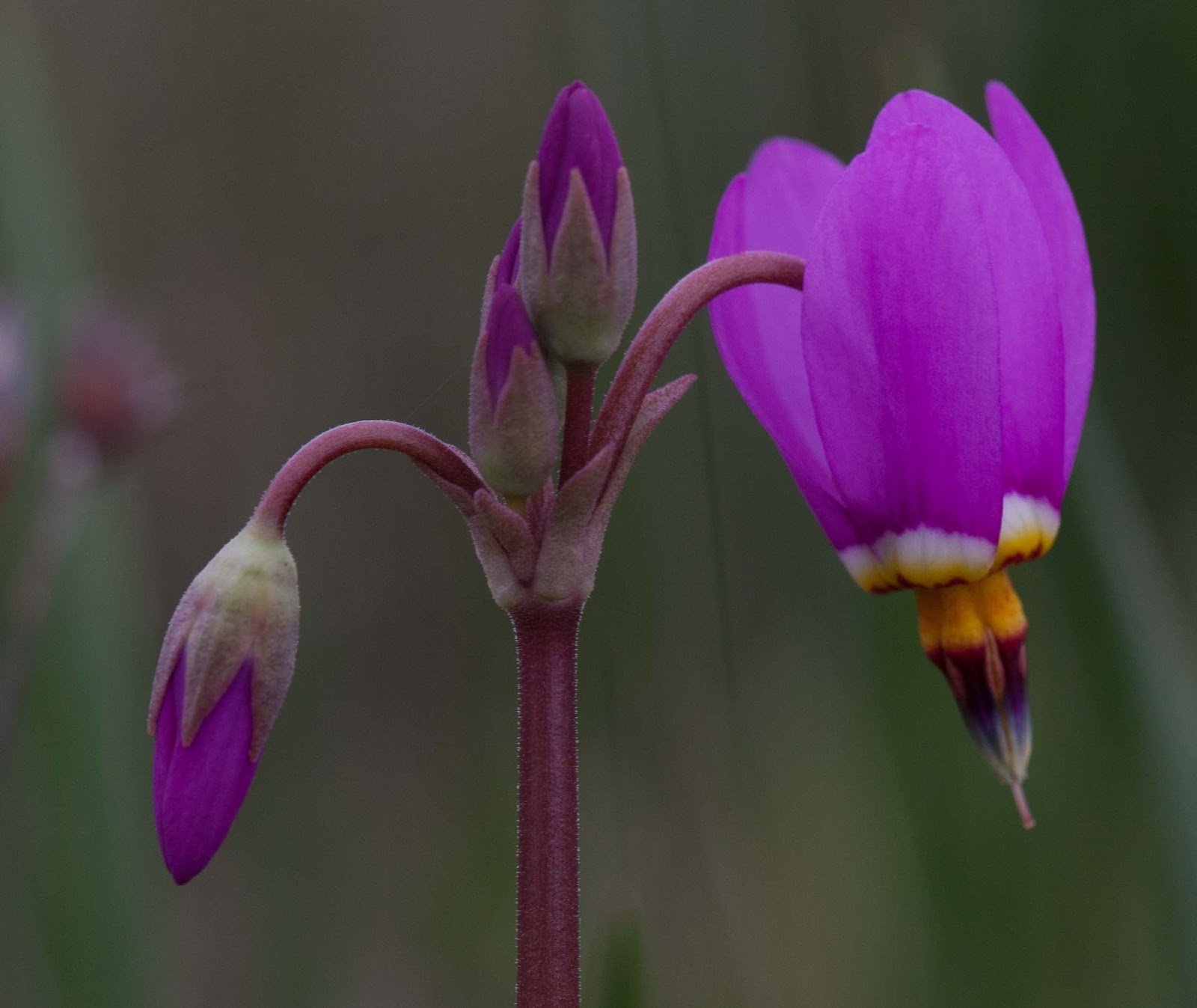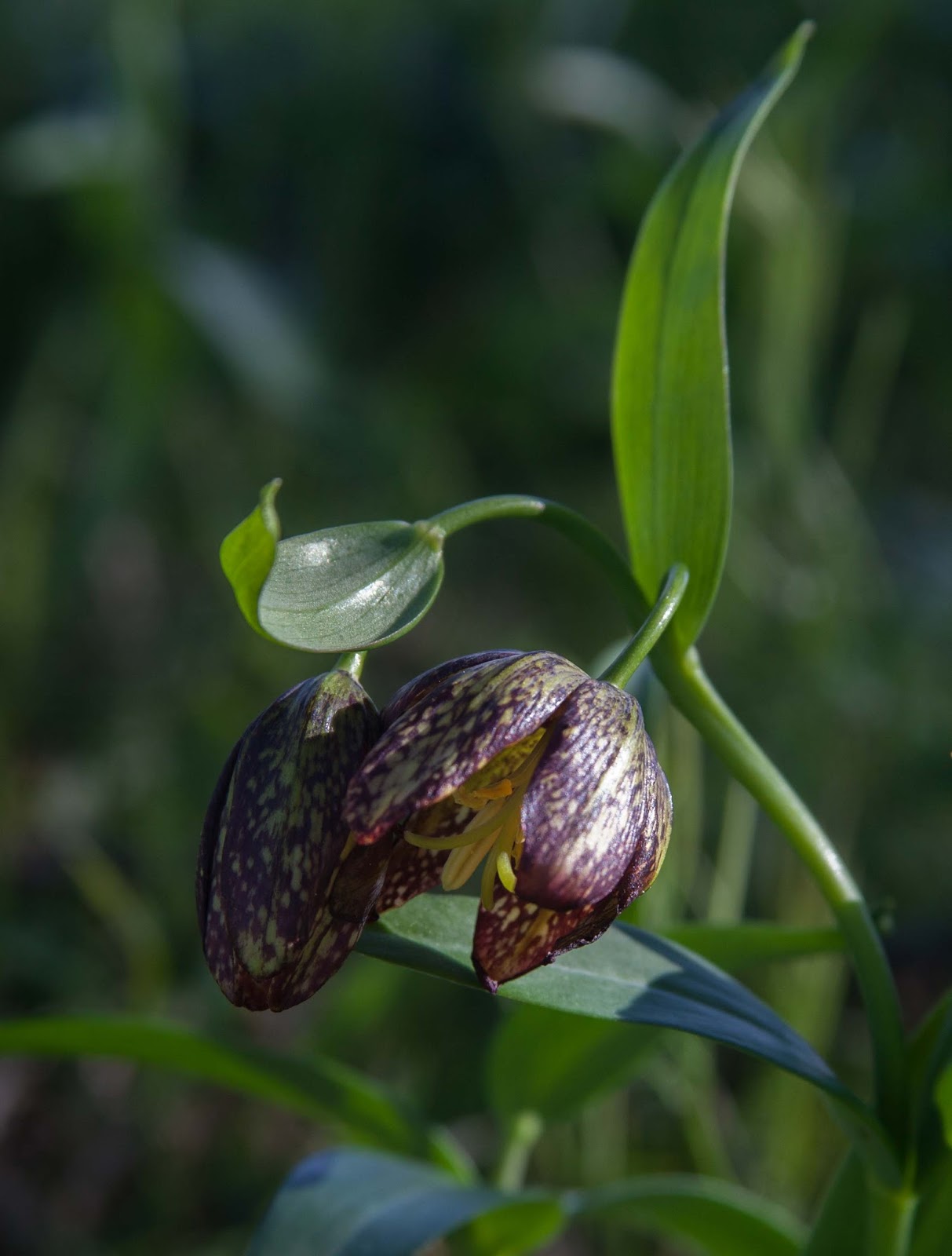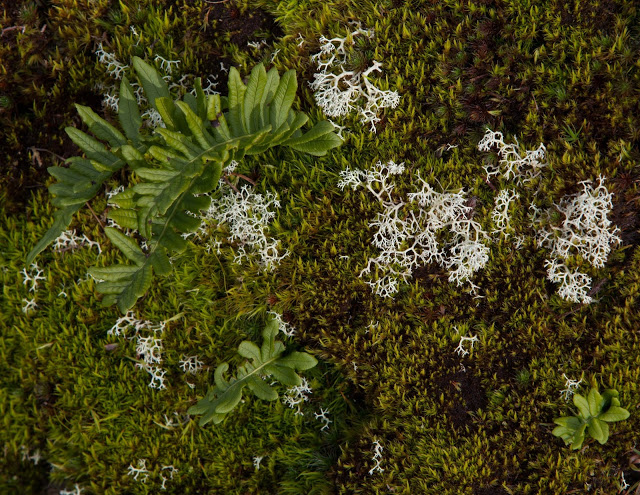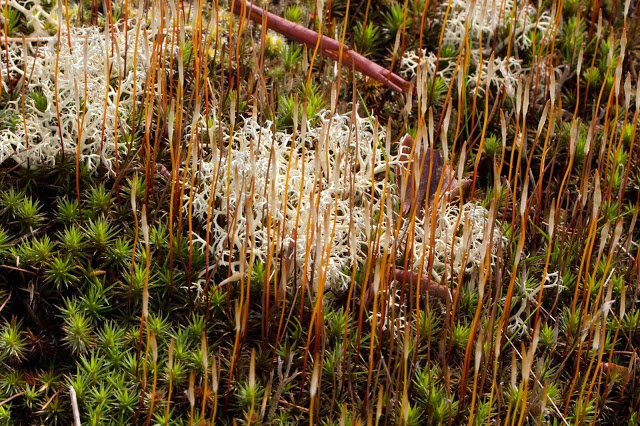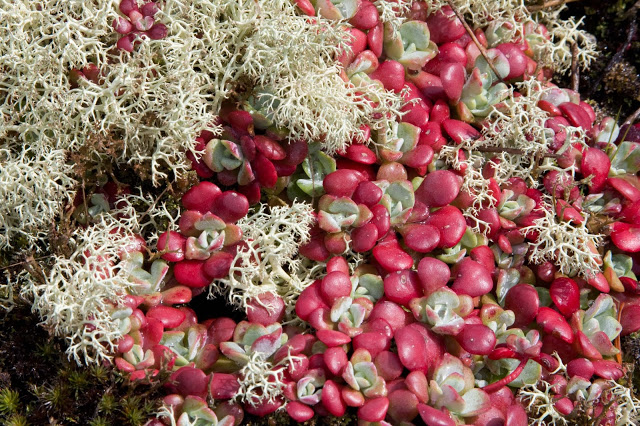Written and Photographed by Phil Green, Yellow Island Steward
It’s been several weeks since the last update so what has changed? While the red flowering currant and blue-eyed Mary may be at their peak now, several other species are just beginning. The first rufous hummingbird found the flowering currant on March 11.
The next species to flower was buttercup, Ranunculus occidentalis. It bloomed on February 14. While this is early for buttercup, the earliest first bloom date in over thirty years of recording was January 16 in 2009. However, that was a lone plant and the next individual to flower that year was two months later in mid March. This points out one of the problems of looking at first bloom dates. Do they indicate the start of the species blooming that year or are they reporting an anomaly? The latest first bloom date for buttercup is April 3, 1990.
February 21 had two species show their first flowers of the year: harsh paintbrush (Castilleja hispida) and desert parsley (Lomatium nudicale). This is the earliest recorded date for both species. For paintbrush, it was six days earlier than last year February 27, 2015 that was the previous earliest bloom date. For the desert parsley, this was off the charts early. The previous earliest date was March 22, 2015, 31 days later! And this wasn’t just one plant. Three individual plants in the same general area all bloomed with in a day or two of each other.
Pacific sanicle (Sanicula crassicalis) bloomed two days later on February 23. This was also a week ahead of the previous earliest first bloom, March 3, 2015. Similar to the desert parsley and paintbrush, the previous record was in 2015. The latest first bloom for sanicle was April 14, 2000.
It’s a leap year and two species celebrated by blooming on February 29: fawn lily (Erythronium oregonum) and prairie saxifrage (Saxifraga integrifolia). The earliest and latest bloom dates for fawn lilies is February 14, 2015 and March 25, 1985. For the saxifrage the corresponding dates are February 27, 2010 and April 15, 1982.
As of this writing, only two other native species have bloomed: chocolate lily (Fritillaria lanceolata) on March 7 and shooting star (Dodecatheon pulchellum) on March 11. Earliest and latest for these two species are: Chocolate lily March 5, 1992 and April 10, 2008 and shooting star February 28, 2010 and April 3, 2009. For the shooting star it is interesting the extremes occurred in back to back years. Also for those two species I’ve only found two plants of each in bloom so far.
While there are several hundred fawn lilies and several dozen paintbrush and buttercups, the island is far from colorful. The flowering currant and blue-eyed Mary still provide the majority of the color with fawn lily a distant third. But how patriotic: red currants, white fawn lilies and blue-eyed Marys.
(Unlike the last post, all photos are from 2016.)






